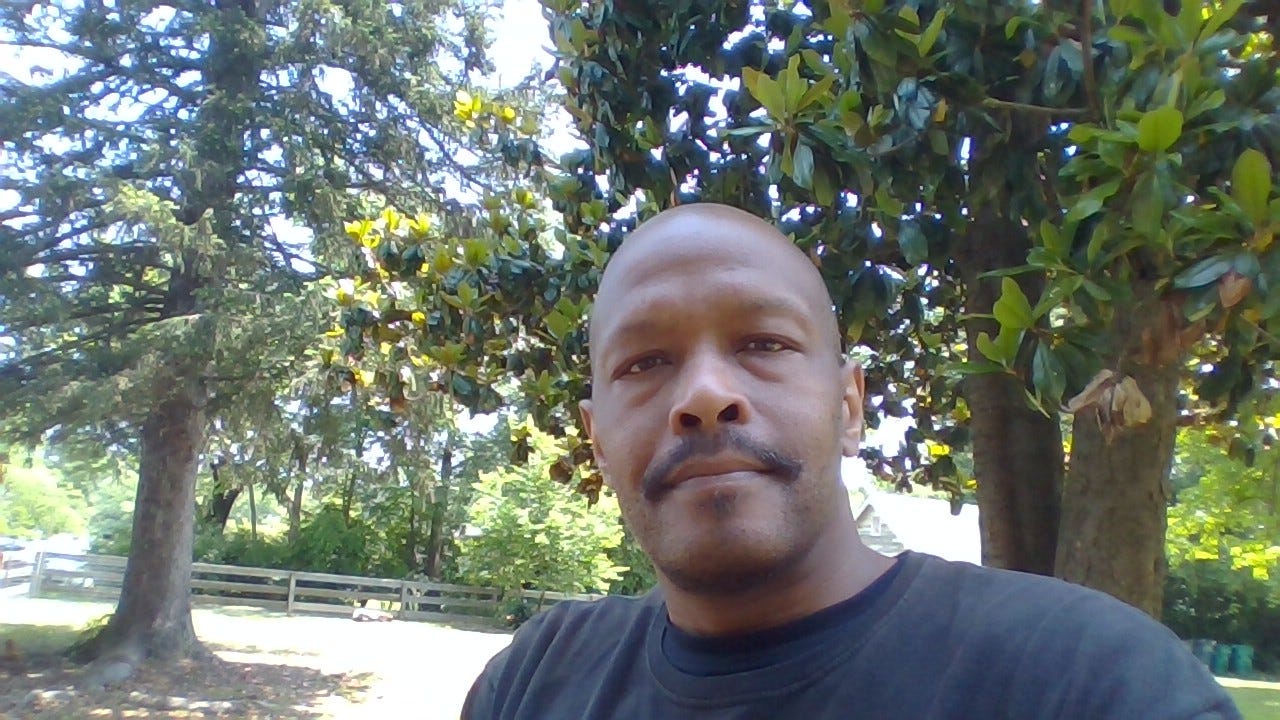Blogging on Pinterest: The Untapped Traffic Goldmine
Discover how blogging on Pinterest can drive evergreen traffic, boost income, and grow your audience with proven 2025 strategies that really work.
Blogging on Pinterest used to feel optional—today it’s the fastest freeway to evergreen readers, email subscribers, and affiliate revenue in an ecosystem where posts live forever instead of vanishing after 24 hours. This guide shows exactly how to ride that wave, bypass plateaued traffic, and create a self-sustaining funnel that feeds your blog while you sleep.
Why Blogging on Pinterest Beats Traditional Social Platforms Right Now
Pinterest behaves like a hybrid between Google and Instagram, but with three built-in advantages for bloggers:
Search-First Mindset Users arrive hunting for ideas, not entertainment—meaning every click is warmer, more intent-driven traffic.
Long-Tail Shelf Life A high-performing Pin can rank in Pinterest Search for months or even years, compounding exposure, while tweets and reels fade within hours.
Ready-to-Shop Audience Pinners plan projects and purchases in advance, making them unusually receptive to tutorials, resource lists, and affiliate recommendations.
If you’re tired of chasing algorithm spikes elsewhere, Pinterest provides the compounding returns most content creators only dream about.
Quick-Start Blueprint: From Pin to Pageview in Four Moves
1. Align Search Intent Before You Write
Head to Pinterest Trends and type your main topic. Note the breakout phrases (“Pinterest SEO tips,” “vertical pin design,” “blog post ideas for Pinterest”) and weave them into your outline. Matching native search behavior up front ensures your pin and headline speak the same language your future visitor already uses.
2. Craft Scroll-Stopping Vertical Graphics
Create at least two 1000 × 1500 px images per article. Front-load an emotional hook such as “From 0 to 50K Pageviews via Pinterest” and overlay it in a bold, sans-serif font. Tiny tweaks in color contrast and font hierarchy can double outbound clicks, so A/B test designs in batches.
3. Optimize On-Page Elements for Pinterest Crawlers
Pinterest scrapes your entire page. Ensure:
H1 mirrors your pin title.
The first 50 words repeat the core keyword naturally.
Alt text echoes a supporting phrase like “Pinterest blog traffic tips.”
Schema markup (article + FAQ) gives rich-result eligibility.
4. Schedule Smart, Not Hard
Pinterest now rewards fresh over frequent. Publish three to five new Pins daily via Tailwind, Later, or Pinterest’s own scheduler. Fresh means a new image, a new description, or a unique URL slug—so a single blog post can fuel weeks of original Pins without feeling spammy.
Deep-Dive Tactics to Multiply Reach
Use Pinterest Trends for Topic Validation
Input your draft headline into Trends. If search volume spikes seasonally, schedule publication four to six weeks ahead. Beat the wave and watch your PIN surge as demand peaks.
Harness Idea Pins (Now With Links)
Multi-page Idea Pins can act like micro-blog posts: tease the checklist, show a quick how-to sequence, and end with a link sticker pointing to your long-form article. Because idea content autoplays in feeds, it’s a shortcut to fresh eyeballs beyond your follower count.
Layer Affiliate Monetization Without Losing Trust
Pinterest allows direct affiliate links; however, coupling them with deep-dive tutorials builds authority and conversions. Structure your blog post around a use case (“Design Viral Pins Faster”) and embed the tool’s affiliate link. In parallel, create a Pin featuring a single benefit (“One-Click Pin Templates”) that lands on the same blog tutorial—giving readers context before they buy.
Build Board Architecture as Content Silos
Segment boards by intent: “Pinterest Keyword Research,” “Blog Traffic Case Studies,” and “Pin Design Inspiration.” Save each new Pin first to its most relevant board; that first save sends the strongest topical signal to Pinterest Search.
Repurpose Short-Form Video
Export your Instagram Reels or TikTok tutorials, caption them natively in Pinterest, and add a blog URL sticker. Video Pins autoplay without sound, so use on-screen text to hook viewers (“3 Must-Have Pinterest SEO Tweaks”). Videos rank in search too, expanding real estate for your keyword cluster.
FAQ: Blogging on Pinterest in 2025
How long does it take to see traffic from a new pin?
A well-optimized Pin can start ranking in search within 24 hours, but most reach their click-through peak between days 7 and 30.
Do I need a business account to succeed?
Yes. A business profile unlocks Analytics, Rich Pins, and link stickers—critical tools for tracking and scaling blog traffic.
What’s the ideal Pin description length?
Aim for 200–300 characters. That’s enough space to weave two LSI keywords—like “Pinterest marketing tips” and “grow blog audience on Pinterest”—without sounding stuffed.
Level-Up Checklist:
Identify rising phrases in Pinterest Trends.
Draft article headlines that echo those phrases.
Design two vertical images per post with bold hooks.
Embed article + FAQ schema.
Schedule three to five fresh Pins daily for 30 days.
Ready to Turn Pins Into Pageviews?
Implement even one tactic today—whether it’s trend-driven topic research or a fresh vertical graphic—and watch your analytics light up with warm, engaged readers. Want the full behind-the-scenes process, step-by-step templates, and weekly growth hacks? Subscribe to the Affiliate Blog Academy newsletter now and transform every pin into a passive-income engine.
About the Author:
My name is Stephon Anderson, and I'm the creator of the Affiliate Blogging Academy. Just a few years ago, the idea of earning a full-time income from my blog felt like a distant dream. I spent countless hours sifting through generic advice, trying to separate what actually works from what doesn't.
Through relentless testing and a deep dive into what truly motivates readers and search engines, I built a system that turned that dream into my reality. As an affiliate marketer who has been in the trenches, I specialize in organic traffic and building content that connects and converts. I created this space to give you the clear, data-backed strategies I wish I had when I started, helping you bypass the noise and build your own path to a full-time blogging income.



